A Comprehensive Guide to Motor Shaft Machining
1. Introduction to Motor Shafts
Definition
A motor shaft is a mechanical component that transfers rotational power from an electric motor to a machine or device. It is a critical part of the motor’s performance, ensuring smooth and efficient operation.
Material
Motor shafts are typically made from durable materials such as:
Carbon Steel: Offers good strength and wear resistance.
Stainless Steel: Provides excellent corrosion resistance and is ideal for harsh environments.
Alloy Steel: Combines strength, toughness, and resistance to fatigue.
Aluminum: Lightweight and corrosion-resistant, suitable for specific applications where weight is a concern.
1.1. Electric Motor Shaft Types
Solid Shafts: Commonly used for straightforward power transmission tasks.
Hollow Shafts: Reduce weight while maintaining strength, often used in applications requiring reduced mass.
Splined Shafts: Provide a strong connection with minimal play, ensuring efficient power transfer.
Tapered Shafts: Used in applications where secure attachment with other components is crucial.
1.2. What is a Motor Shaft?
A motor shaft is the rotating axis on which a motor’s rotor is mounted. It transmits torque from the motor to the machine, enabling the machine to perform its intended function. Motor shafts come in various designs, each suited to specific types of motors and applications.
1.3. Construction of a Motor Shaft
The construction of a motor shaft involves several key components and considerations:
Base Material: Selection of the appropriate metal or alloy.
Heat Treatment: To enhance the mechanical properties such as hardness and strength.
Precision Machining: Ensures the shaft meets exact dimensional tolerances.
Surface Finishing: Improves the surface quality and provides corrosion resistance.
1.4. Importance of Motor Shaft Alignment
Proper motor shaft alignment is crucial for several reasons:
Reduces Wear and Tear: Misalignment can cause excessive wear on bearings and other components.
Increases Efficiency: Proper alignment ensures efficient power transmission.
Prevents Vibrations: Misaligned shafts can cause vibrations, leading to potential damage and noise.
Extends Motor Life: Correct alignment reduces mechanical stress on the motor, enhancing its lifespan.
2. What is Motor Shaft Machining?
Motor shaft machining is the process of shaping and finishing the shaft to precise dimensions and specifications. This involves various techniques to achieve the desired properties, ensuring the shaft can perform efficiently and reliably in its intended application.
3. Various CNC Machining Techniques in Motor Shafts
Computer Numerical Control (CNC) machining is a highly precise method used in motor shaft manufacturing. Techniques include:
Turning: Used to shape the external surface of the shaft.
Milling: Creates complex shapes and features such as splines and keyways.
Grinding: Ensures the shaft has a smooth surface finish and precise dimensions.
Drilling: Creates holes for mounting or assembly purposes.
Various Machining Techniques in Motor Shafts
Apart from CNC machining, other techniques include:
Lathe Machining: Ideal for cylindrical parts and for achieving high precision.
Broaching: Used to cut internal shapes such as keyways.
Hobbing: A specialized process for cutting gears and splines.
Heat Treatment: Applied after machining to enhance the material properties.
4. Cost Considerations in Motor Shaft CNC Machining
Cost considerations in motor shaft CNC machining include:
Material Costs: The type and quality of material used can significantly impact the cost.
Machining Complexity: More complex designs require more time and specialized equipment, increasing costs.
Production Volume: Higher volumes can reduce per-unit costs due to economies of scale.
Surface Finishing: Additional finishing processes can add to the overall cost.
5. Various Surface Finishing Processes in Motor Shaft Machining
Surface finishing processes enhance the performance and longevity of motor shafts:
Polishing: Achieves a smooth, reflective surface.
Plating: Adds a layer of material (such as chrome) to improve wear resistance and reduce friction.
Anodizing: Used primarily for aluminum shafts to increase corrosion resistance.
Coating: Protective coatings such as powder coating or paint can provide additional corrosion and wear resistance.
6. Quality Control in Motor Shaft Machining
Ensuring high quality in motor shaft machining involves rigorous quality control measures:
Dimensional Inspections: Using precision measuring tools to ensure shafts meet specified tolerances.
Material Testing: Verifying the material properties to ensure they meet required standards.
Surface Quality Checks: Inspecting the surface finish for defects or inconsistencies.
Functional Testing: Ensuring the shaft performs correctly in its intended application.
Conclusion
Motor shaft machining is a critical process in the production of electric motors, ensuring that the shafts meet precise specifications and perform reliably in various applications. By understanding the materials, machining techniques, and quality control measures involved, manufacturers can produce high-quality motor shafts that offer excellent performance and durability.
For more information on motor shaft machining and our services, visit Welleshaft.

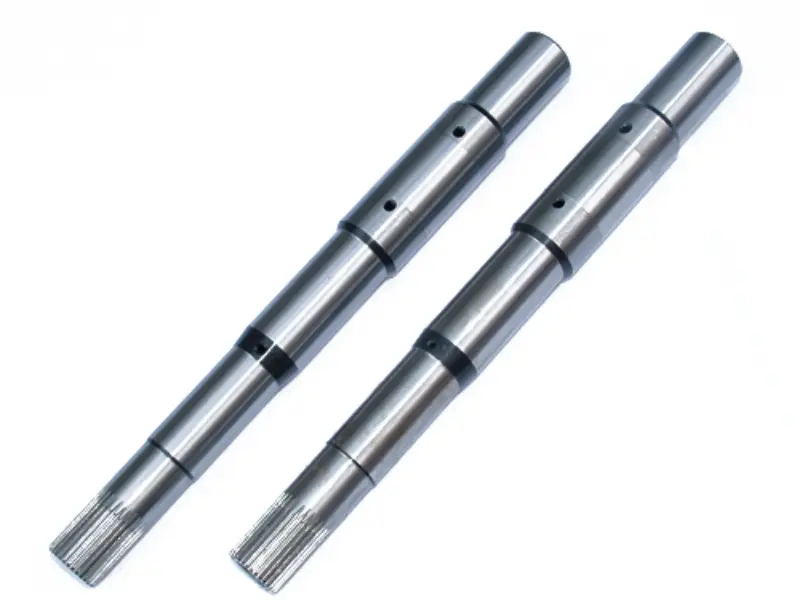
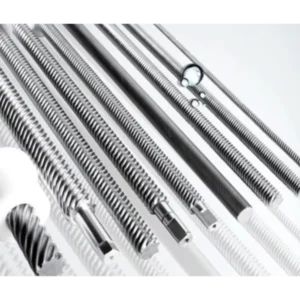
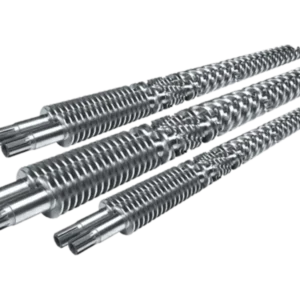
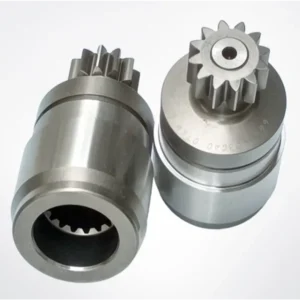
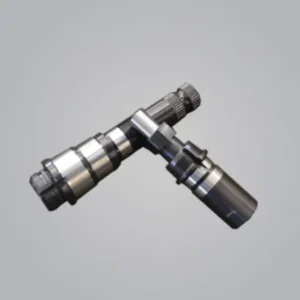
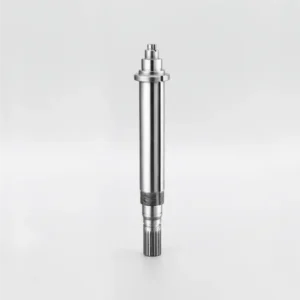
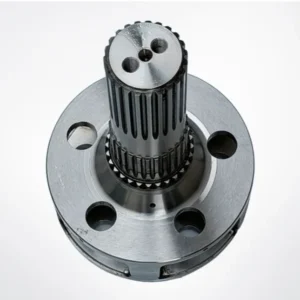
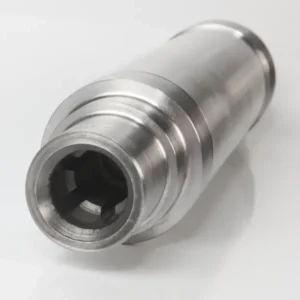
Reviews
There are no reviews yet.